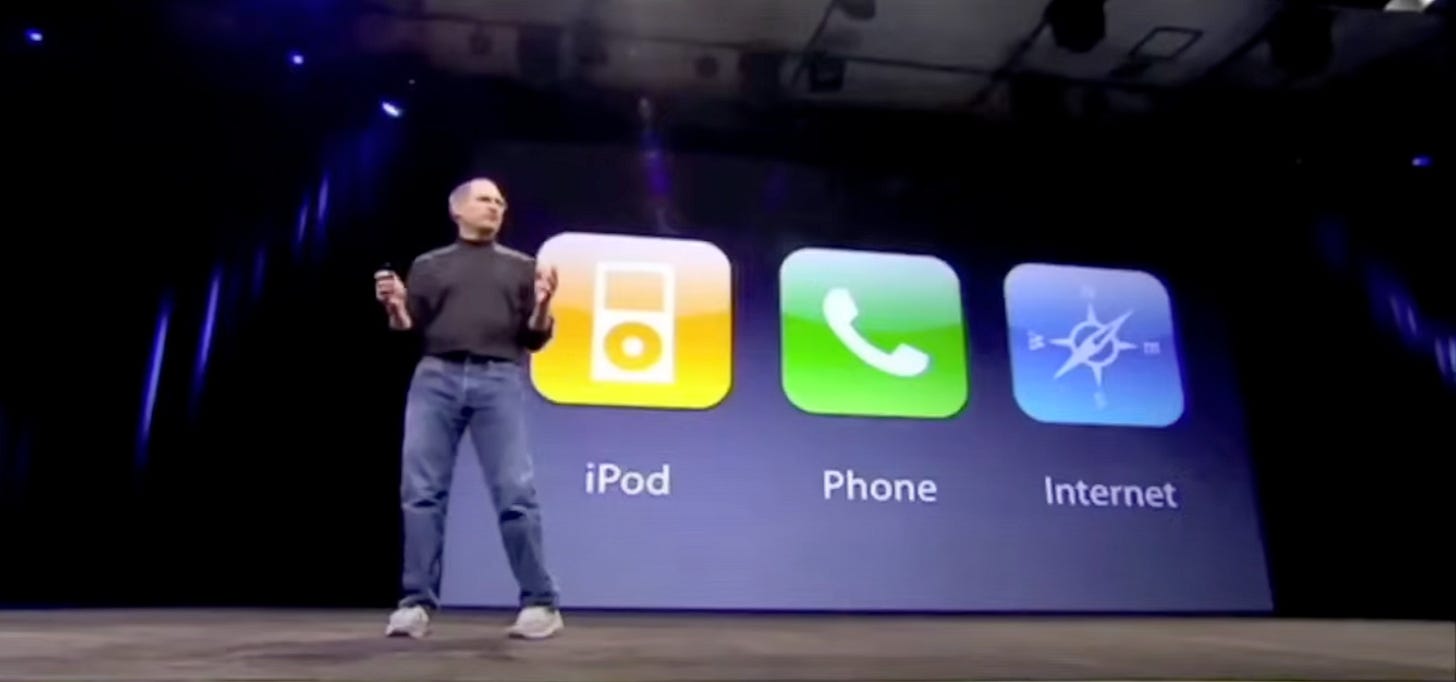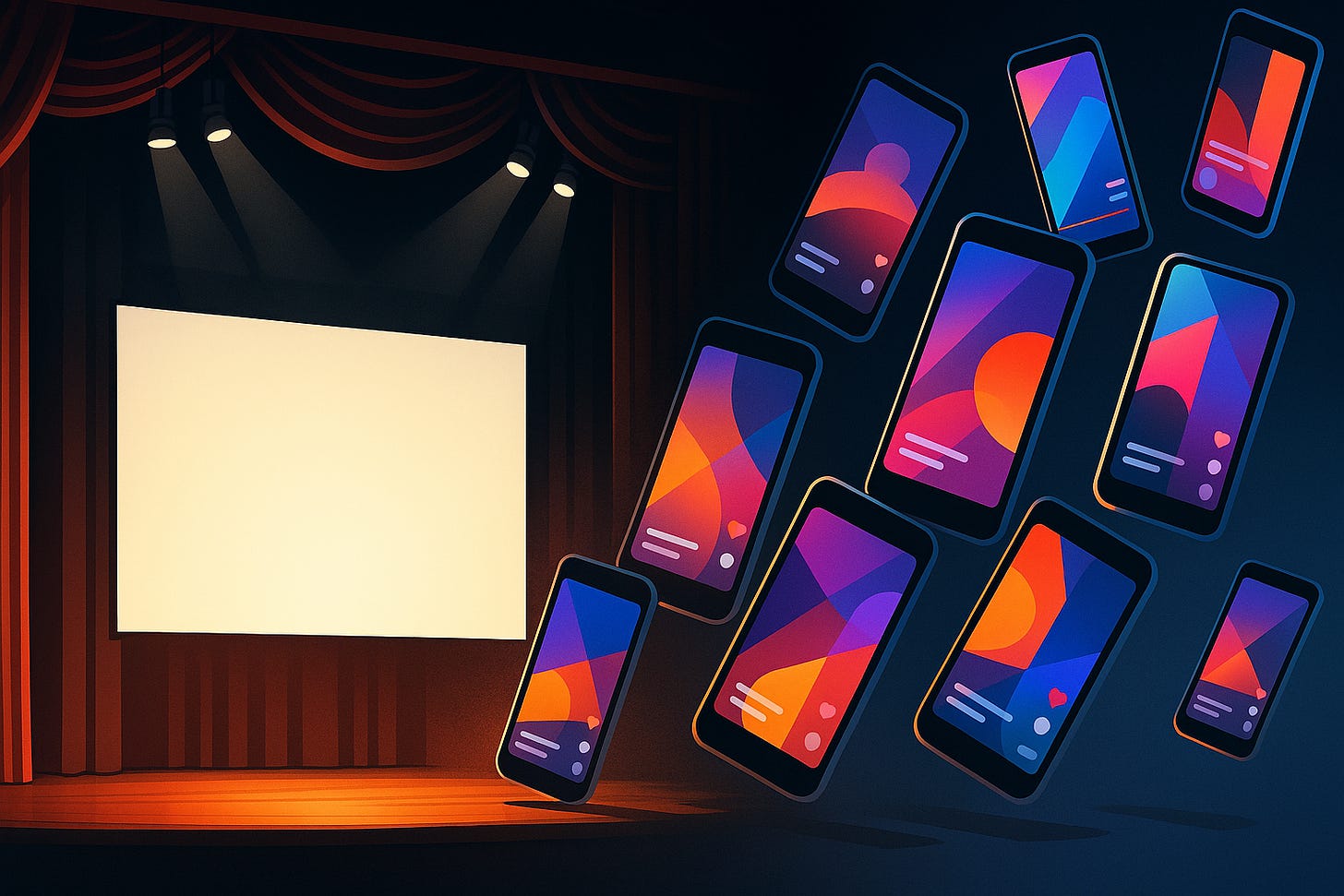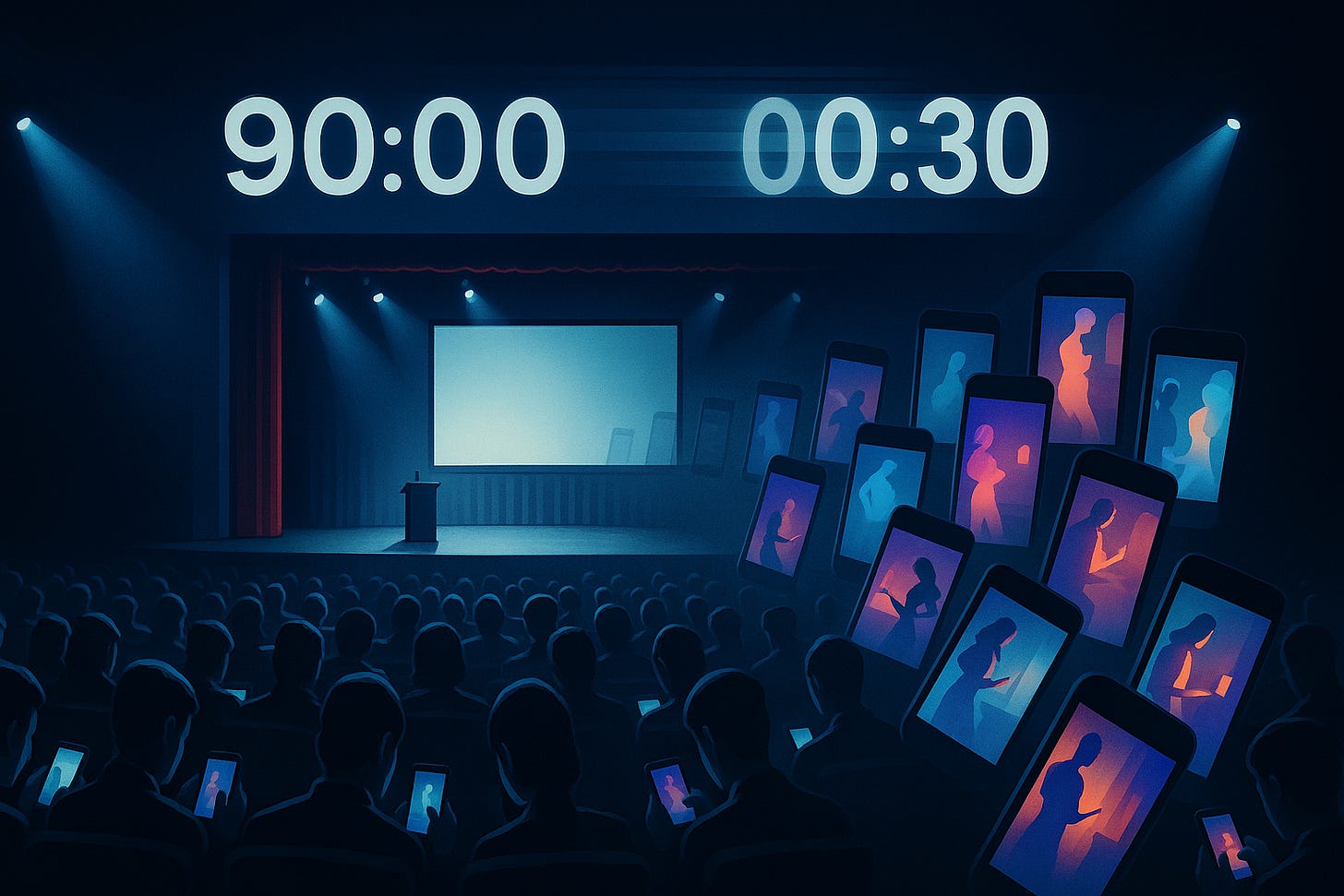The death of the tech keynote: Why Apple and Google are reinventing product launches
Steve Jobs once turned keynotes into 90 minutes of live theater. Today, Apple and Google are designing launches for attention spans measured in seconds.
Google's Pixel keynote this week wasn't your typical product reveal. Jimmy Fallon hosted, a warm-up comedian opened for the crowd, and celebrities rotated in and out of the spotlight. By the time Fallon cracked his first joke, reporters had already published their hands-on articles because the embargo had lifted an hour before the show began. The "big moment" had already happened without the keynote itself.
For two decades, the product keynote was tech's most sacred ritual: lights down, crowd hushed, the thrill of a reveal no one had seen before. Now? Apple releases mini-films. Google books Jimmy Fallon. Journalists publish reviews before the curtain even rises. The keynote survives, but stripped of its drama. It no longer belongs to the stage, it belongs to the feed.
Of course, Steve Jobs perfected the keynote format. His pacing of three key messages, his dramatic slide reveals, his "one more thing" — it was pure theater often cited in business textbooks. Jobs didn't just announce products, he staged cultural moments. Other companies built their own variations, but Jobs' fingerprints were everywhere.
In the early years, you couldn't simply stream these events. Apple kept its keynotes off the internet, so tech enthusiasts like myself hunted down shaky cellphone feeds from inside the room. I remember watching those: pixelated video, audio cutting out, streams constantly crashing. Still, you were ahead of the journalists trying to write and publish in the room while fighting conference Wi-Fi. Even in that chaos, the keynote felt electric, like you were watching history unfold live.
And once Apple and other companies embraced livestreaming, the keynote became a true spectacle. Millions could tune in simultaneously to watch an executive stride on stage, reveal a product, cue applause, and hope the live demo didn't crash. Those imperfections — a new feature not working, a Wi-Fi-dependent feature refusing to load — were part of the fun. They reminded audiences that this was live, that it could go wrong. It gave the companies a rare human quality.
The pandemic ended that. Apple shifted to high-production, pre-recorded videos that looked more like luxury commercials than live events. At first, it was a necessity: no crowds, no stage. But Apple never went back. This shift not only changed the nature of the keynote but also the relationship between tech companies and the media.
Even today, attending one of the company's "events" means sitting in a Cupertino theater while a video plays on essentially the same YouTube feed you can watch at home. Afterwards comes hands-on time, but the keynote itself is essentially a movie premiere. Beautiful and seamless, yes, but bloodless too, with no surprises, no laughter, no glitches, no sense of risk.
That fits Apple's DNA. Covering those events as a reporter, I saw how tightly controlled they always were. Invites were curated down to the seat (it was like a Wonka golden ticket to get one). After the keynote, you'd be whisked into demo areas under watchful eyes, then required to sign a multi-page NDA in front of a representative before being allowed to walk out with review units. Apple always insisted on it. I still wonder how airport security or customs officers never asked me why I was traveling with four or five unreleased iPhones or watches in sealed retail boxes.
Companies like Google and Samsung, by contrast, were looser with their product launches. They'd brief me early under straightforward embargo agreements, and often even give me the Canadian exclusive on a product launch. No NDA in sight. My story would be ready to go the moment the keynote began. Different philosophies, but the goal was the same: shape the story before the public could.
As I was nearing the end of my journalism career, I could already see the audience shifting. Influencers and YouTubers were being introduced as keynote attendees alongside the veteran reporters, a change that caused whispers and rumblings on site.
It made sense, though, as these creators were more likely to echo the marketing lines and offer enthusiastic coverage than to question the framing. Companies wanted amplification, not critique. With Apple's move to pre-recorded events, the audience itself became even less necessary. The keynote was no longer a performance for the room but a broadcast for the world.
Which brings us back to Google's Pixel keynote this week. Unlike Apple, Google hasn't abandoned live elements entirely. Fallon's hosting may have been scripted, but it still had live demos that could go wrong. Even the choice to have him host didn't seem random for those who followed the tech industry forhile.
Back in Late Night days, Fallon regularly showcased new tech. Microsoft demoed the Xbox Kinect on his stage. Nintendo brought him new titles. Joshua Topolsky, first at Engadget and later at The Verge, would appear with gadget roundups. Fallon was a genuine tech fan then, which explains why Google tapped him now. This week, he looked more like a teleprompter host than a curious fan, but the logic behind choosing him didn't feel out of nowhere.
Still, the vibe was peculiar. A warm-up comedian tried to set the tone. A revolving door of celebrities appeared, some visibly out of their element, reading talking points with a practiced smile. The energy felt manufactured rather than spontaneous. And yet, compared to Apple's airtight productions, Google's keynote kept a flicker of the live-wire unpredictability that used to define the format. In addition to real demos, there was an authentic audience and at least the chance for something unscripted.
But the real purpose of the event wasn't unveiling products, it was creating content. With reviews already live before Fallon walked on stage, the keynote became a factory for soundbites and highlight reels. Fallon's lines, the celebrity cameos, the demo clips — all were ready to be sliced into TikToks, Instagram reels, and YouTube Shorts. Companies know most people won't sit through a 90-minute keynote anymore. But they will watch a 30-second clip in their feed.
And so the takeaway of the week is that the product keynote isn't dying so much as mutating. The Jobs-era format — with suspense, surprises, and the collective gasp of a live audience — is gone. In its place are events designed to feed algorithms rather than auditoriums, shaped less by what looks good on stage and more by what plays well in a scroll. Apple seeks total control through polished films. Google experiments with celebrities and mainstream hosts. Different strategies, same adaptation.
Maybe the keynote was never really about the live crowd anyway. Perhaps it was always about storytelling and how a company wanted to frame its products at a single, concentrated moment in time. The difference now is that the moment is fragmented, scattered across feeds and timelines, replayed and remixed out of order. The keynote hasn't disappeared. It's dissolved into the culture.
The curtain rises less dramatically these days, but that doesn't mean the moment is gone. It's just living a different life now. Less on the stage, more in the scroll.





